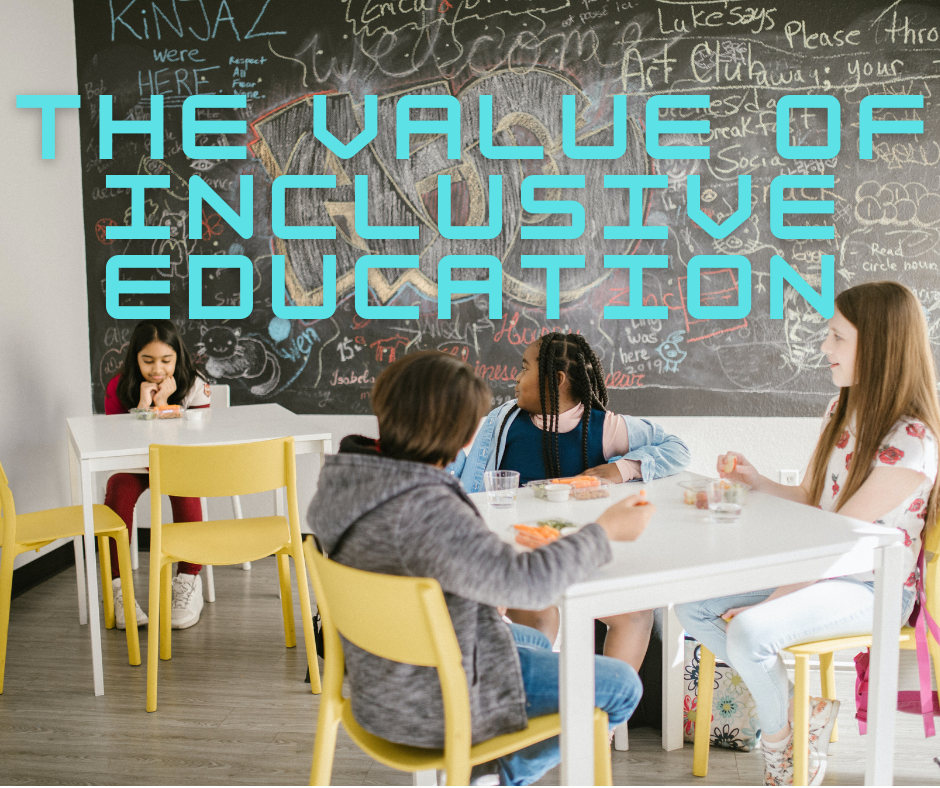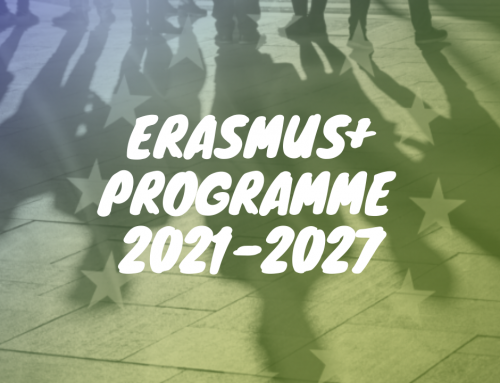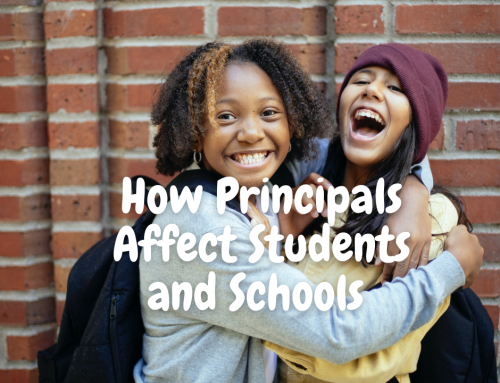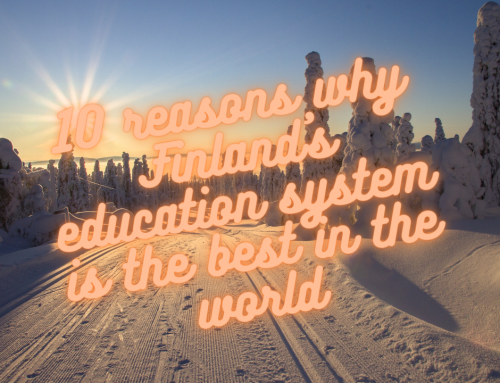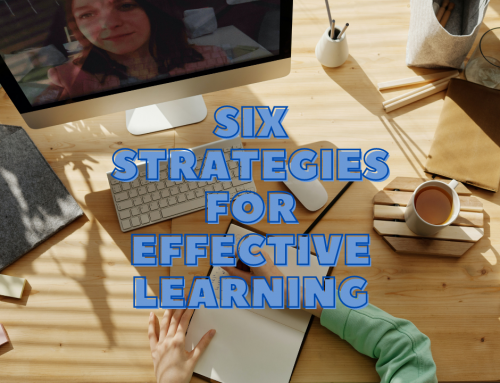There is a growing diversity in today’s classrooms. More and more pupils come from different backgrounds, speak different languages and have different learning needs. If you want to experience how they handle inclusivity in the United Kingdom, we definitely recommend our course Inclusive education in a multicultural and multilingual context. During this course, we will visit Netley Primary school and Torriano Primary, two schools that reflect this society each in their own way. Both schools are located in the Borough of Camden.
You will be able to experience how both schools cope with this diversity and use this diversity to optimize the teacher’s and pupil’s learning.
Around the world, children are excluded from schools where they belong because of disability, race, language, religion, gender, and poverty.
But every child has the right to be supported by their parents and community to grow, learn, and develop in the early years, and, upon reaching school age, to go to school and be welcomed and included by teachers and peers alike. When all children, regardless of their differences, are educated together, everyone benefits—this is the cornerstone of inclusive education.
What is inclusive education?
Inclusive education means different and diverse students learning side by side in the same classroom. They enjoy field trips and after-school activities together. They participate in student government together. And they attend the same sports meets and plays.
Inclusive education values diversity and the unique contributions each student brings to the classroom. In a truly inclusive setting, every child feels safe and has a sense of belonging. Students and their parents participate in setting learning goals and take part in decisions that affect them. And school staff have the training, support, flexibility, and resources to nurture, encourage, and respond to the needs of all students.
Why is inclusive education important?
Inclusive systems provide a better quality education for all children and are instrumental in changing discriminatory attitudes. Schools provide the context for a child’s first relationship with the world outside their families, enabling the development of social relationships and interactions. Respect and understanding grow when students of diverse abilities and backgrounds play, socialize, and learn together.
Education that excludes and segregates perpetuates discrimination against traditionally marginalized groups. When education is more inclusive, so are concepts of civic participation, employment, and community life.
Isn’t it better to separate children who need specialized attention?
Separate, special education provides no guarantee of success for children who need special attention; inclusive schools that provide supportive, context-appropriate conditions for learning demonstrate far better outcomes [PDF]. Extracurricular activities, peer support, or more specialized interventions involve the entire school community working as a team.
What are the basic elements of inclusive education?
- Use of teaching assistants or specialists: These staff have the potential to be inclusive or divisive. For instance, a specialist who helps teachers address the needs of all students is working inclusively. A specialist who pulls students out of class to work with them individually on a regular basis is not.
- Inclusive curriculum: An inclusive curriculum includes locally relevant themes and contributions by marginalized and minority groups. It avoids binary narratives of good and bad, and allows adapting the curriculum to the learning styles of children with special education needs.
- Parental involvement: Most schools strive for some level of parental involvement, but it is often limited to emails home and occasional parent–teacher conferences. In a diverse school system, inclusion means thinking about multiple ways to reach out to parents on their own terms.
How can we advance inclusive education?
To make inclusive education a reality we need to do the following:
- ensure that educators have the training, flexibility, and resources to teach students with diverse needs and learning styles
- ensure that kindergartens and schools receive adequate and sustainable financial support so that all activities and services are fully inclusive
- empower parents to assert their children’s right to education in inclusive settings
- enable the entire community—including mainstream and special educators, social workers, parents, and students—to work together and participate in the design, delivery, and monitoring of education, thereby reframing inclusive education as a shared responsibility
- hold governments accountable for implementing antidiscrimination legislation, legal mandates for inclusion, and policies to remove barriers
Is inclusive education expensive?
Making education inclusive is not a cost-cutting measure. Governments must be prepared to invest substantial resources at the outset on system reforms such as teacher and staff training; improving infrastructure, learning materials, and equipment; and revising curricula to implement inclusive education successfully. However, by eliminating redundancy and the high costs of running parallel systems, such investments are an efficient and effective use of funds, and hold the potential to improve education for all students.
Funding mechanisms must be reformed so that schools that enroll students with special needs receive the necessary additional financial resources. When students move from special schools to mainstream schools, the funding should also follow.
Source: https://www.opensocietyfoundations.org

